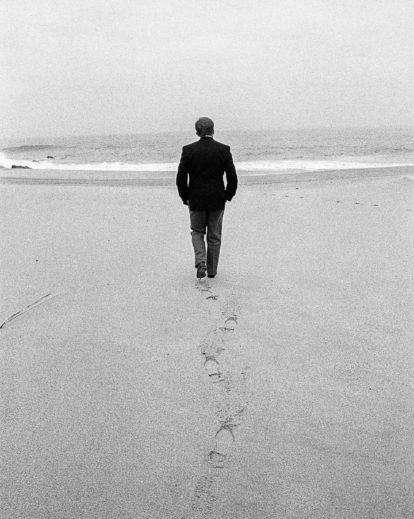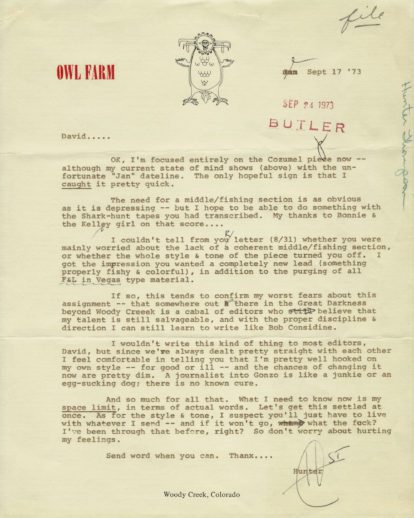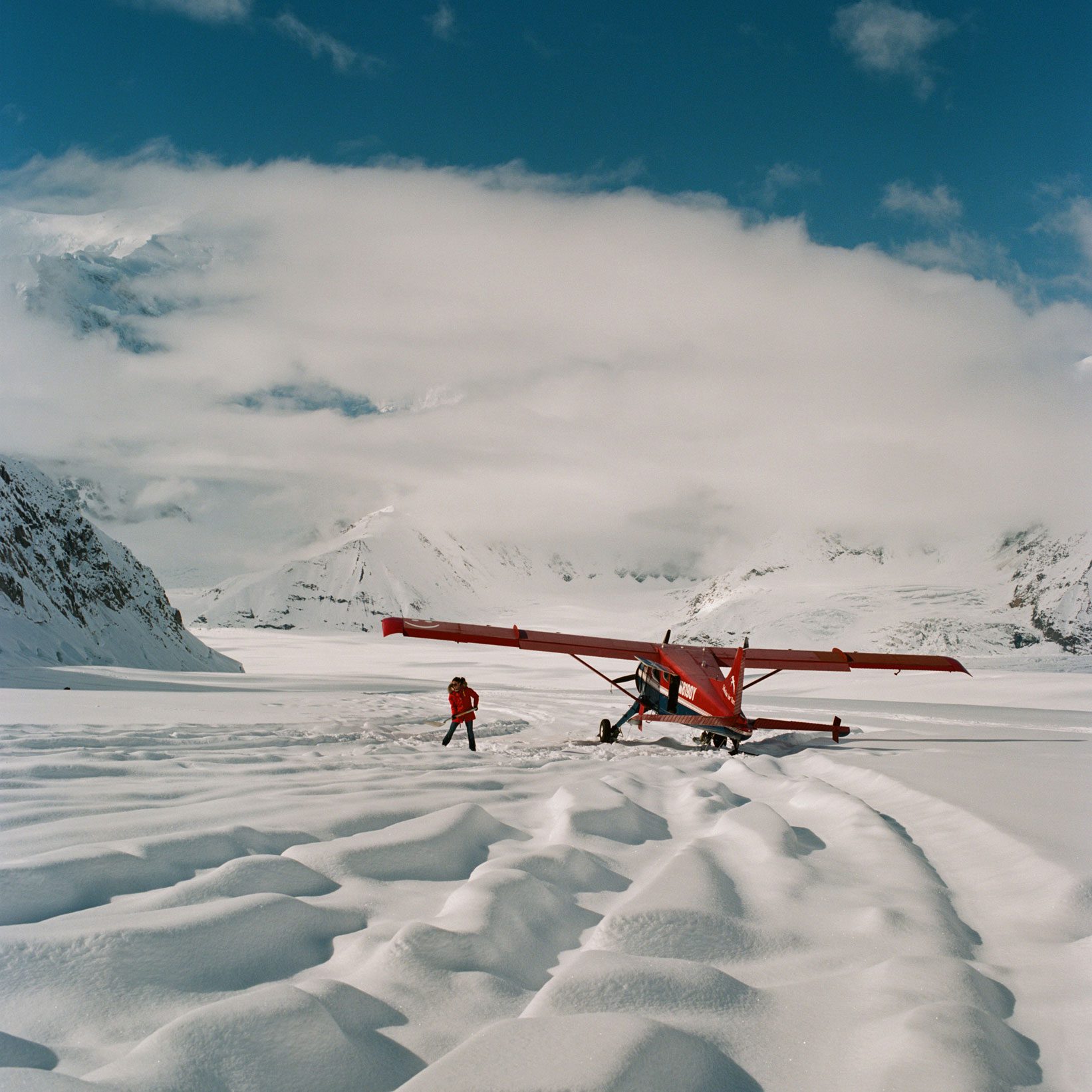It’s almost a century since Rolex developed the first waterproof watch, the 1926 Rolex Oyster – triumphantly demonstrated by female swimmer Mercedes Gleitze when she swam the English Channel. It says as much about the speed of human progress as it does about Rolex’s pioneering spirit that the company went on to create a 1960 model, the Rolex Deep Sea Special, that was proved to function 10,916 metres under the sea.

The Rolex Deep Sea Special (1960).
In a historic descent, Captain Don Walsh and Jacques Piccard took the Bathyscaphe Trieste into the Mariana Trench – the deepest point in the world’s oceans – with the Rolex Deep Sea Special attached to the outside. In a brief but terrifying moment, a crash rocked the bathyscaphe – later the men discovered that an exterior Plexiglass window had cracked from the pressure. But thankfully the rest of the dive took place without incident.
‘Happy to announce your watch as precise at 11,000 metres down as on the surface.’
Jacques Piccard
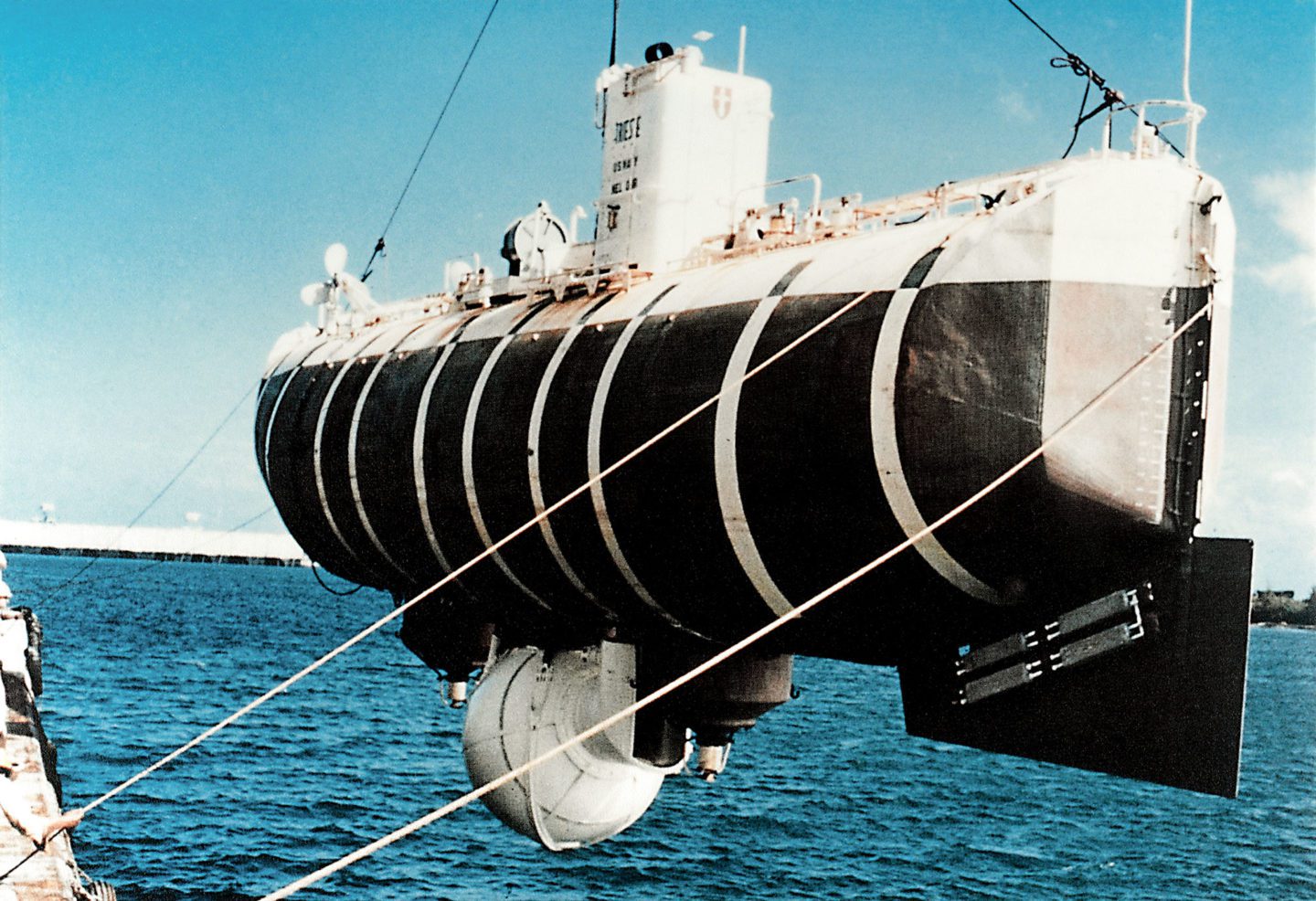
The bathyscaphe Trieste, the first manned vessel to have reached the bottom of the Challenger Deep.
Once they had come back to the surface, Piccard sent a telegram to Rolex’s headquarters in Geneva, saying, ‘Happy to announce your watch as precise at 11,000 metres down as on the surface. Best regards, Jacques Piccard.’ Mission accomplished.
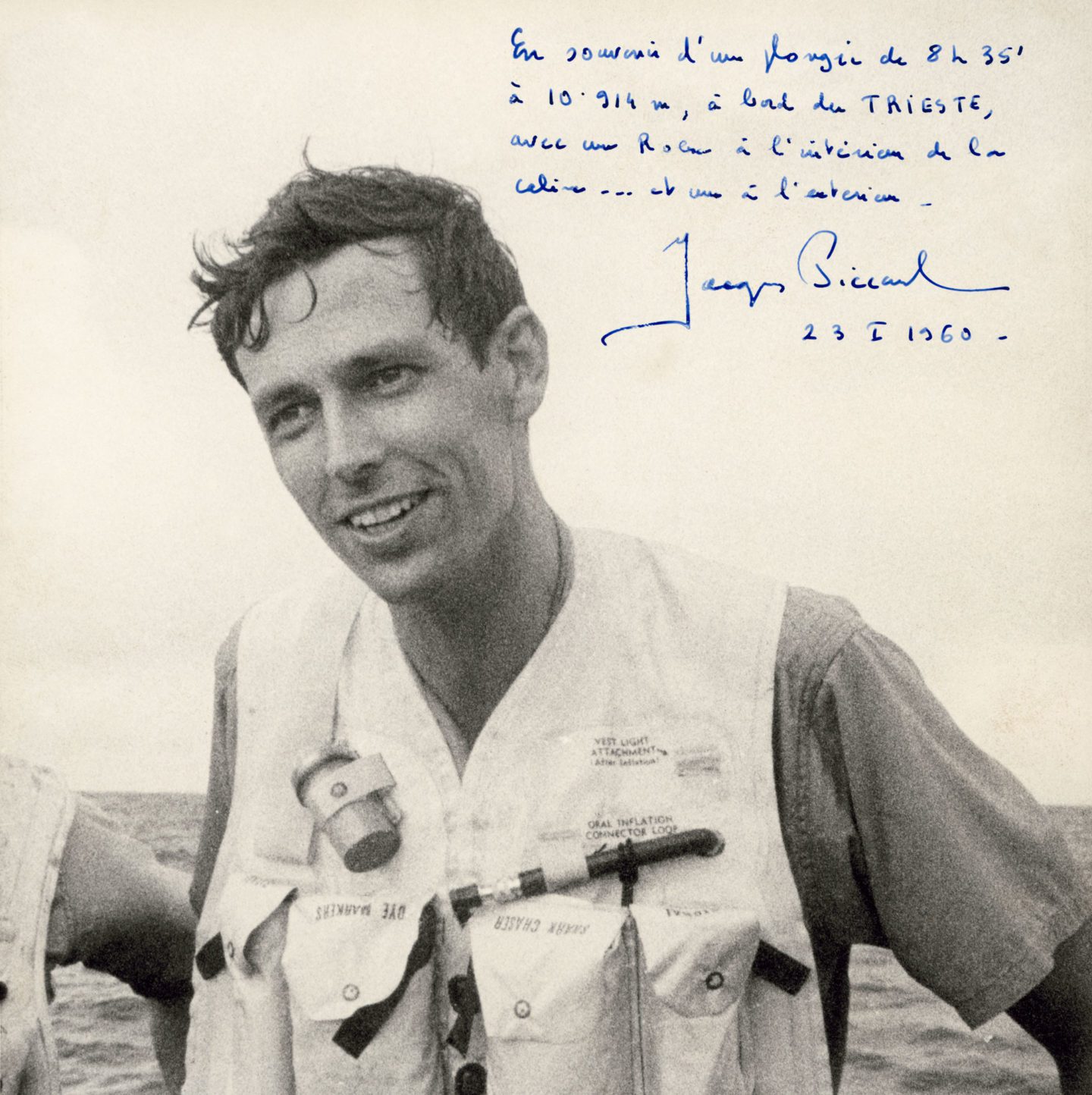
Swiss oceanographer Jacques Piccard, the first man (along with Captain Don Walsh) to explore the deepest location on the surface of Earth's crust.
The feat was mirrored half a century later when, in partnership with the National Geographic Society, director James Cameron (Avatar, Titanic took the Rolex Deepsea Challenge with him on his record-breaking 2012 solo dive to the Mariana Trench. In a specially designed submersible that he described as a ‘vertical torpedo’, the Deepsea Challenge was attached to an external robotic arm. The result? Like its predecessor, the Deepsea Challenge emerged from the extreme pressures of the dive unscathed. It sets a challenge to all other deep-sea watches.

